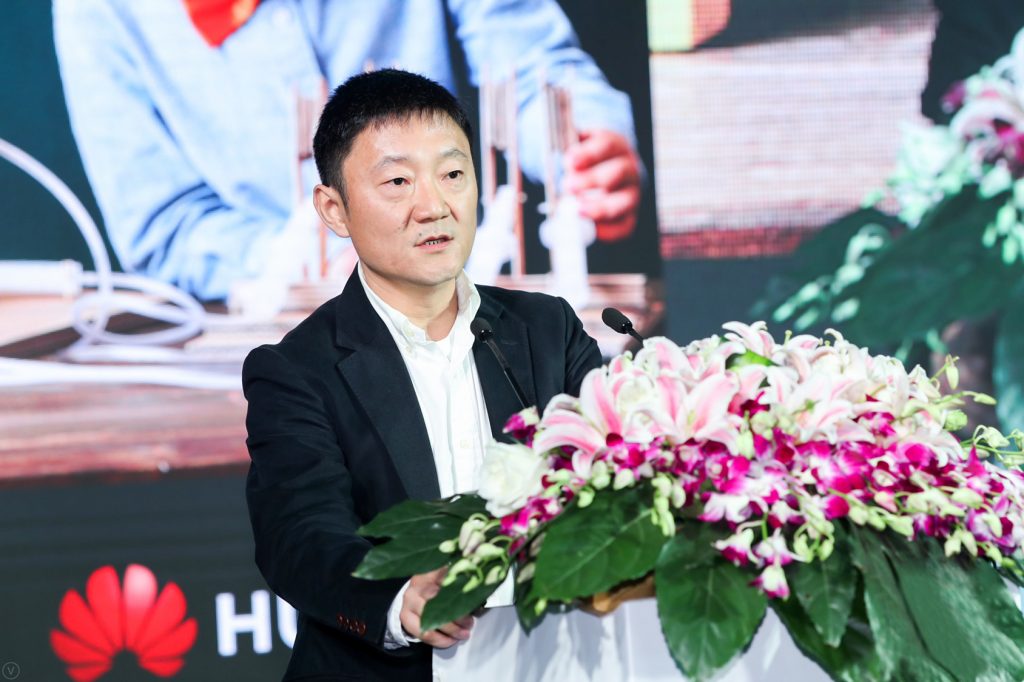
Huawei released a white paper entitled "Design Guide for Campus Wi-Fi Networks in the Wi-Fi 6 Era v1.0". on 10 April 2019, at the Global Education Digital Transformation Summit in Shanghai, China.


Huawei has a deep understanding of 5G technologies and proven success of more than 1,000 campus networks in the global education sector. In the white paper, Huawei defines nine typical Wi-Fi coverage scenarios and provides standard criteria for campus Wi-Fi 6 network planning and design. The Wi-Fi 6 era is on the horizon. Emerging technologies are spawning new teaching methods at unprecedented speed. Bandwidth and latency are no longer bottlenecks hindering digital talent development, and diverse and personalised teaching experiences will soon be available everywhere.
In the white paper, Huawei takes the lead in offering detailed guidelines for a installing the Wi-Fi 6 network to all campus scenarios including immersive education methods like Virtual Reality (VR) and Augmented Reality (AR).
Huawei's white paper defines the nine typical campus scenarios including traditional and Virtual Reality (VR) classrooms, offices, conference rooms, auditoriums, libraries, labs, cafeterias, playgrounds, and dormitories.
Li Xing, the Vice President of Campus Network Domain of Huawei’s Data Communication Product Line, added, “Huawei’s commercial Wi-Fi 6 products achieved the highest performance among those tested.”
For each of the nine scenarios, Huawei summarises and standardises Wi-Fi 6 network construction procedures and device selection specifications. These guidelines represent far-reaching recommendations to facilitate Wi-Fi 6 network deployment across the entire education sector.
Huawei Wi-Fi 6 leverages cutting-edge 5G technologies such as smart antennas and radio calibration, along with deep insights into campus networks, to perfectly optimise bandwidth-hungry and latency-sensitive settings. Huawei Wi-Fi 6 not only provides teachers and students with optimal experiences anytime and anywhere, but also innovates education paradigms in a more flexible, simple, and agile way.
These new installation methods are changing teacher and student interaction and engagement bringing in live streams and distance education, making talent cultivation more personalised.
During the summit, Lu Qi, Vice President of Marketing and Solution Sales Department of Huawei Enterprise BG, said, “The use of Wi-Fi 6 in the education sector will enable cutting-edge technology to rejuvenate education and better serve talent development.”
All these highlights of the white paper are an important step toward innovating education paradigms and will bring digital talent and development into a new era.





